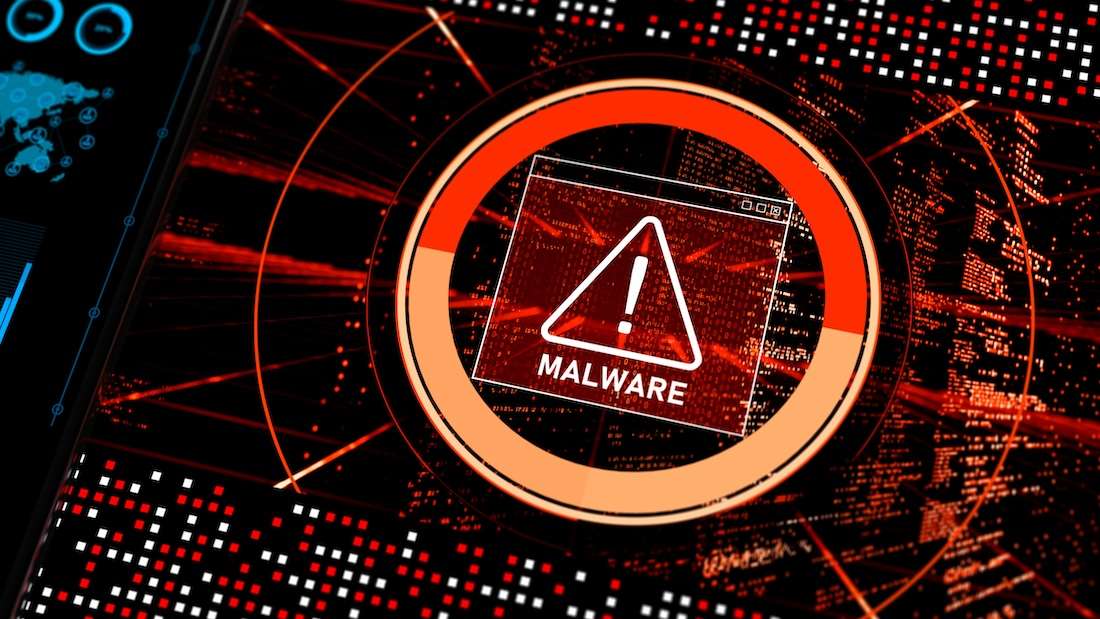A newly discovered malware campaign, dubbed PS1Bot, is using malicious advertising (malvertising) to deliver highly sophisticated, multi-stage in-memory attacks. Cybersecurity researchers have warned that this threat is actively targeting unsuspecting users through fake ads placed on legitimate websites.
How the PS1Bot Campaign Works
The attack begins when a user clicks on a malicious advertisement disguised as a legitimate software or service promotion. Instead of directing the user to the intended destination, the ad leads to a compromised website that triggers the malware download process.
PS1Bot uses multi-stage delivery to remain undetected. The first stage deploys a PowerShell script directly into the system’s memory, avoiding traditional file-based detection. Subsequent stages load additional malicious components, also in memory, making the attack extremely difficult to trace.
Evasion and Stealth Tactics
By operating entirely in memory, PS1Bot leaves no obvious files for antivirus tools to scan. It also uses living-off-the-land techniques, leveraging legitimate Windows utilities to carry out its operations. This allows it to blend in with normal system activity while quietly executing its payload.
The malware is capable of stealing sensitive data, installing backdoors, and potentially delivering ransomware in later stages. Researchers note that its modular structure means it can adapt quickly for different targets and attack objectives.
The Role of Malvertising
Malvertising has become a preferred method for cybercriminals because it exploits legitimate ad networks to reach large audiences. Even users visiting trusted websites can unknowingly be exposed to harmful code. The PS1Bot campaign takes this to the next level by combining malvertising with advanced memory-resident malware techniques.
Protection and Prevention
Cybersecurity experts recommend the following measures to reduce the risk of PS1Bot and similar attacks:
- Use reputable ad blockers to limit exposure to malvertising.
- Keep operating systems, browsers, and security tools updated.
- Restrict PowerShell execution where possible.
- Monitor network activity for unusual patterns.
A Growing Threat Landscape
The PS1Bot campaign highlights how attackers are refining their tactics to bypass detection and maximize impact. As malvertising-driven in-memory attacks become more common, organizations and individuals must adopt proactive defenses to stay ahead of these evolving threats.


